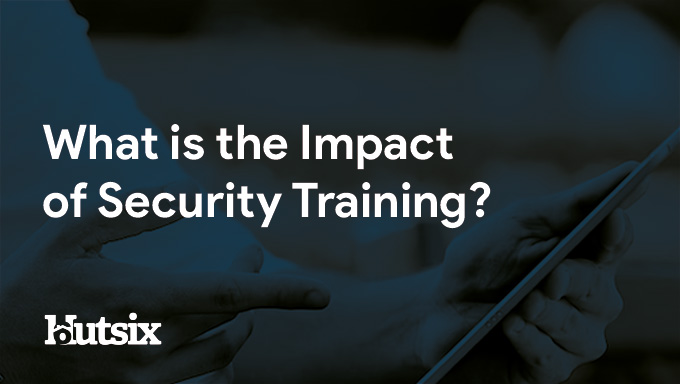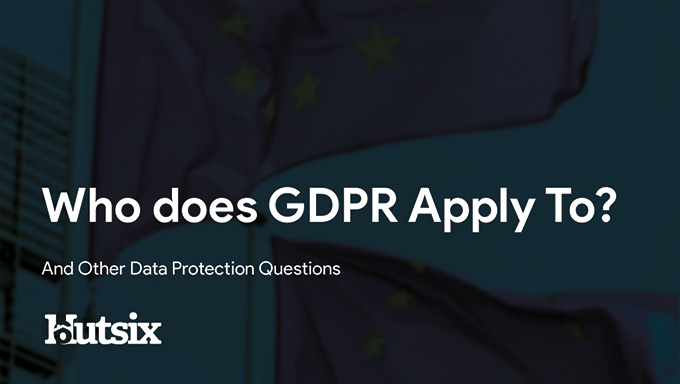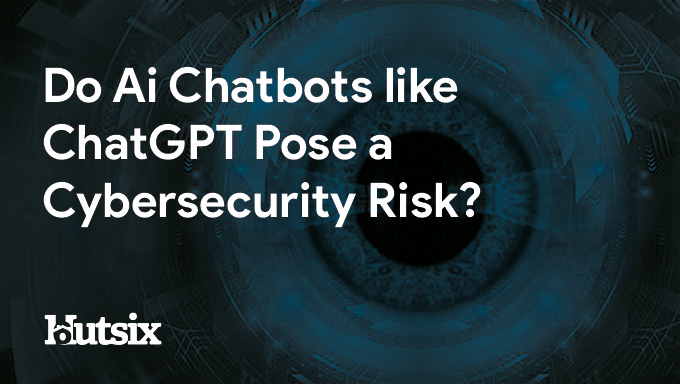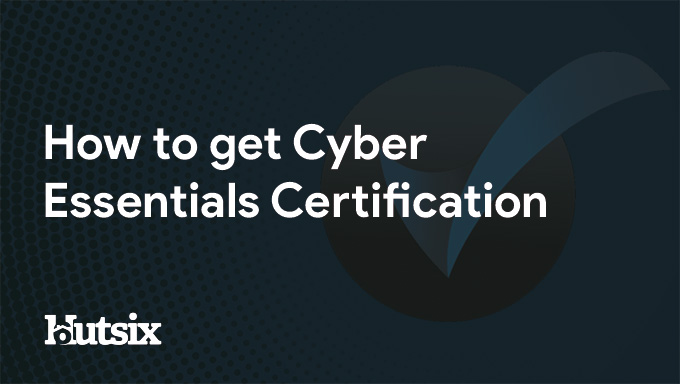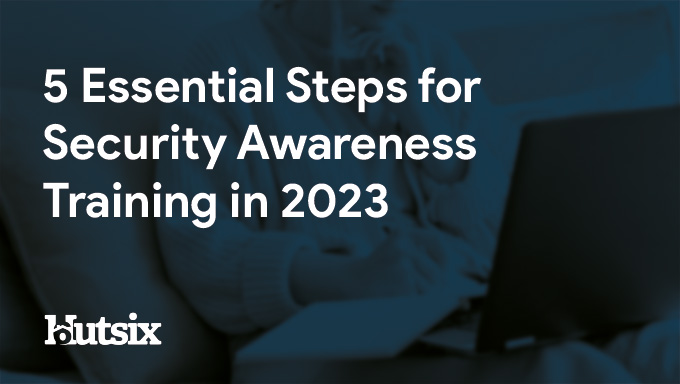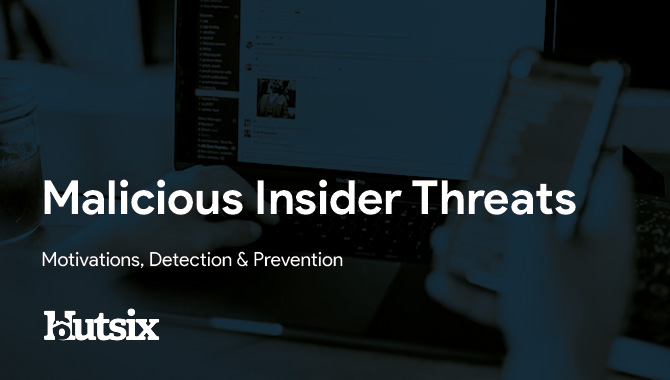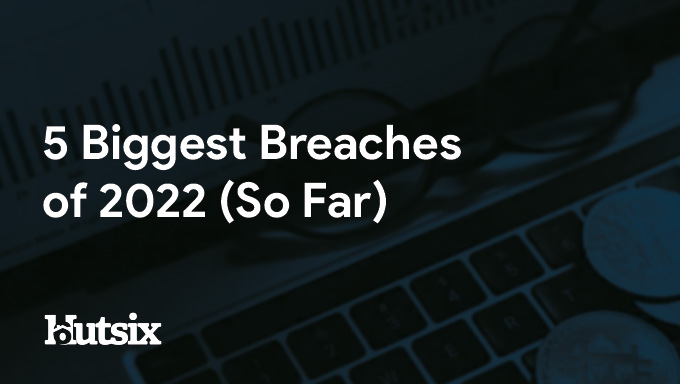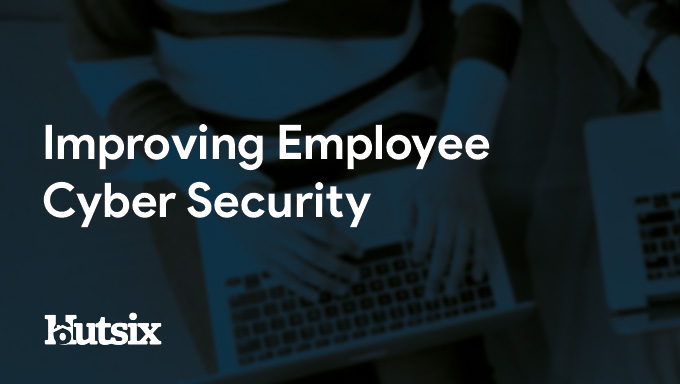Top 10 Tips for Effective Online Security Awareness Training in the Workplace
Let’s be honest: cybersecurity breaches are everywhere these days, and human error is almost always at the heart of them. Clicking on a dodgy link, falling for a clever phishing email, or even just forgetting strong password habits, it happens more often than you think. But what if one small slip-up cost your organisation thousands, damaged your reputation, or even breached crucial compliance regulations? Pretty terrifying, right? Fortunately, there’s a clear solution: effective online security awareness training. Here are ten practical tips to transform your employees into cyber-savvy defenders.
Tip 1: Keep It Short, Sharp, and Frequent
Nobody enjoys slogging through hour-long, mind-numbing presentations, especially about cybersecurity. So, why put your employees through that? Short, engaging modules, think 5 to 10 minutes each, are much more effective at holding attention and making information stick. When training sessions are bite-sized and regularly scheduled, employees not only remember the content better, but they also start applying it naturally. Keep it concise, keep it relevant, and above all, keep it frequent to reinforce learning.
Read More: How Often Should Security Awareness Training be Conducted?
Tip 2: Use Real-Life Scenarios and Stories
Ever noticed how stories stick in your mind far longer than statistics? It’s human nature, people connect with relatable scenarios, especially if they can picture themselves right in the middle of them. When your training includes realistic examples of common threats, such as phishing scams, ransomware attacks, or sneaky business email compromises, it suddenly becomes personal. Hut Six, for instance, leverages branching narratives, immersing employees in scenarios they might genuinely face. This way, your team doesn't just remember security, they live it.
Tip 3: Make it Interactive, Not Just Passive Watching
Think about your own learning experiences: did you ever genuinely learn anything from zoning out during a boring lecture or endless slideshow? Probably not. Effective security awareness training is interactive and hands-on. Quizzes, simulations, or practical phishing tests actively involve employees, keeping their attention locked in. Hut Six’s integrated phishing simulator is an excellent example, employees who click on a simulated phishing email receive immediate, educational feedback. Instead of feeling tricked or punished, they gain a real-world learning moment. Interactive training ensures cybersecurity becomes second nature, not second thought.
Tip 4: Customise Your Training to Your Organisation’s Culture
You wouldn’t wear someone else’s shoes, so why would you use someone else’s generic training programme? Effective security awareness training should fit your organisation’s unique culture, industry, and compliance requirements. Whether you're in finance, healthcare, or tech, your employees need scenarios and examples that actually reflect their day-to-day experiences. Hut Six understands this and provides highly customisable training modules. By tailoring content specifically for your team, security messages resonate more deeply, leading to lasting behavioural change.
Read More: 5 Steps to Foster an Effective Information Security Culture
Tip 5: Measure, Adapt, Improve, Track Your ROI
Ever heard the phrase, "What gets measured gets managed"? It definitely applies to security training. Without clear metrics, how can you know if your efforts are working or simply wasting everyone’s time? Track essential indicators like phishing click rates, module completion rates, or employee feedback. With platforms like Hut Six, built-in reporting dashboards simplify this process, giving you a clear picture of your progress. Measuring effectiveness helps you tweak, adapt, and improve your training over time, delivering real, visible returns on your security investment.
Read More: Calculating the ROI of Security Awareness Training
Tip 6: Encourage a Positive Security Culture, Not Fear
Let’s face it, nobody learns well when they feel scared or pressured. The same is true for cybersecurity. Building a positive security culture means creating an environment where employees feel comfortable learning, making mistakes, and improving, without fear of punishment or embarrassment. When your team knows the training is supportive rather than punitive, they'll naturally engage more openly. Hut Six embodies this positive approach with its ethical, point-in-time training: employees learn exactly when they need it most, turning security from a dreaded obligation into an empowering habit.
Tip 7: Regularly Update Your Training Content
Cyber threats evolve faster than your smartphone updates, so why should your training content remain static? Annual refreshes might tick compliance boxes, but they won’t keep your staff truly safe. Regular, consistent updates to your training materials ensure your team stays ahead of emerging threats. Hut Six tackles this problem head-on, offering annually updated, multi-season training modules to reflect the latest cybersecurity landscape. Keep your content fresh, timely, and relevant, your employees (and your cybersecurity posture) will thank you.
Tip 8: Make Training Mandatory but Flexible
Yes, security awareness training should be non-negotiable, but that doesn’t mean it has to be a scheduling nightmare. The key is flexibility. Employees are far more likely to complete training if they can do it at their own pace, on their own device, and without needing to carve out an hour in the middle of a hectic day. Hut Six makes this simple, with online modules that are mobile-friendly and easy to access through existing systems like AD or single sign-on. Mandatory doesn’t have to mean miserable, just make it work around real life.
Tip 9: Integrate Security Training into Employee Onboarding
First impressions count. If you want security to become second nature, start from day one. By weaving cyber awareness into the onboarding process, new hires learn the ropes with security top of mind, before any bad habits creep in. It sets the tone early and shows your organisation takes data protection seriously. With platforms like Hut Six, onboarding-friendly delivery is built right in, thanks to a smooth LMS integration. No extra effort, just smarter, safer employees from the get-go.
Tip 10: Get Management to Lead by Example
If leadership doesn’t care about security, why should anyone else? The truth is, employees take their cues from the top. When managers actively participate in training, talk about cyber threats in team meetings, or even share personal stories about dodgy emails they nearly fell for, it sets a powerful tone. Cyber awareness stops feeling like a box-ticking chore and starts becoming a shared responsibility. Make it clear: security is everyone’s business, especially those in charge.
Security awareness training doesn’t have to be dull or difficult, it just has to be done right. By keeping it short, relevant, and engaging, you help your team stay sharp and your organisation stay safe. From storytelling and simulations to flexibility and leadership buy-in, these ten tips can make a real difference in how your employees think and act around cyber threats.
Ready to take that next step? With Hut Six, you can start a free trial, explore our training content, or book a no-pressure demo to see how it all works.
Empower your people.
Protect your business.
Make security something everyone actually cares about.
Security Awareness for your Organisation
Enjoyed our blog? Learn more about how Hut Six can help improve you security awareness with training and simulated phishing. Start a free trial now, or book a meeting with one of our experts.
Featured
What is the Impact of Security Awareness Training? - Hut Six
Discover the Impact of Security Awareness Training: Prevent breaches, foster culture, & build trust.
What is Personal Data?
Learn about personal data, its types, and significance in data protection. Explore general and special category data, as well as pseudonymised and anonymised data under the GDPR.
Who Does GDPR Apply To?
Who Does GDPR Apply To? And Other Data Protection Questions/ Information Security blog by Information security awareness provider Hut Six Security.
Does ChatGPT Pose a Cybersecurity Risk
In this blog post, we explore whether AI chatbots like ChatGPT pose a cybersecurity risk. We delve into the potential vulnerabilities and threats posed by chatbots, and discuss measures that can be taken to mitigate these risks. Read on to discover how you can ensure the security of your organisation's chatbot interactions.
How Do I Get Cyber Essentials Certified?
Learn how to obtain Cyber Essentials certification and enhance your organization's cybersecurity posture with our comprehensive guide. Our expert insights will help you navigate the certification process to meet the requirements for Cyber Essentials.
Essential Steps for Security Awareness Training
Starting a security awareness training campaign? Here are 5 essential steps to help ensure information security success.
Malicious Insider Threats - Meaning & Examples
Malicious insider threats can cause massive problems. Here we examine some of the motivations behind attacks and methods of detection organisations can use to reduce risk.
5 Biggest Breaches of 2022 (So Far)
Five of the biggest and most significant data breaches, hacks, and information security attacks of 2022 (so far).
Auditing for GDPR Compliance
Questions to consider when auditing your business or SME for General Data Protection Regulation (GDPR) compliance.
Improving Employee Cyber Security
With human error responsible for many breaches and attacks, we offer some helpful areas for improving employee security compliance.



